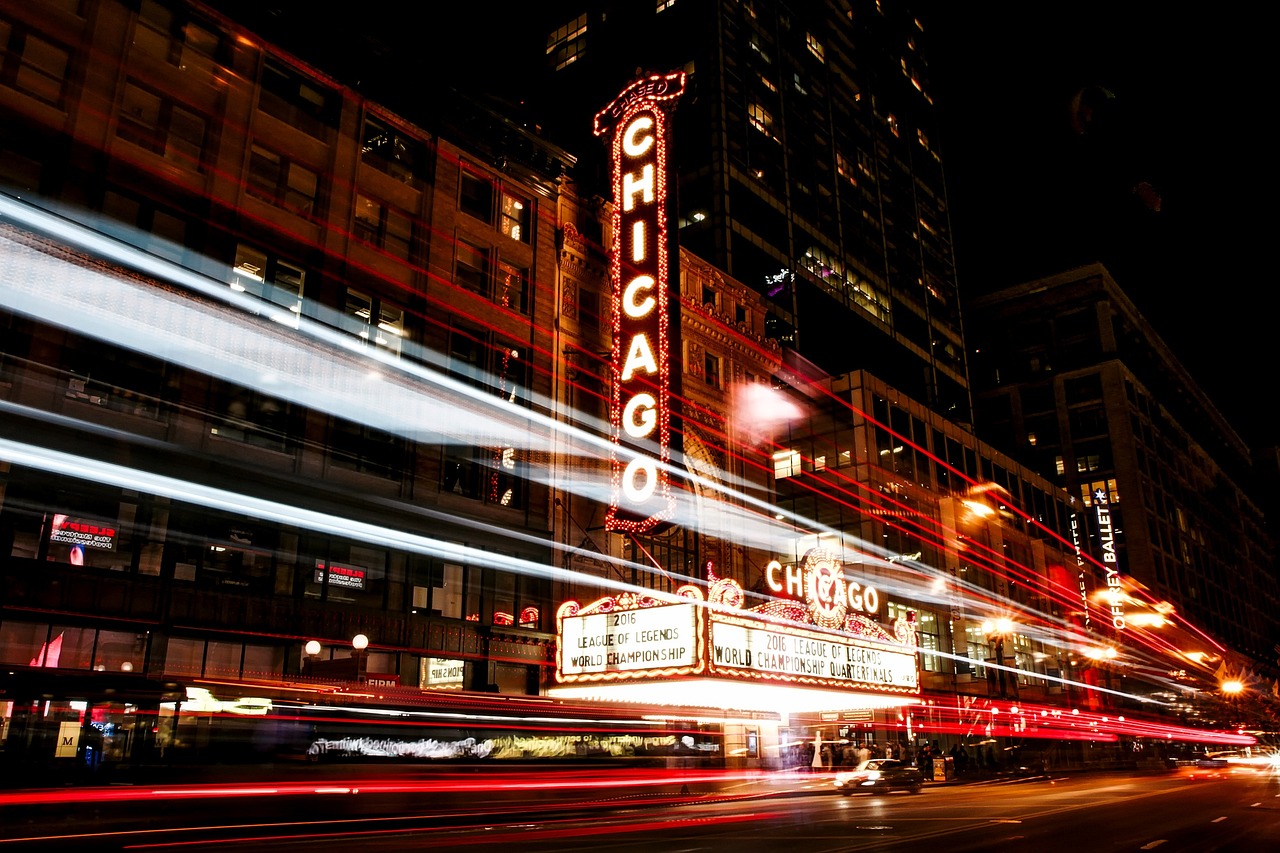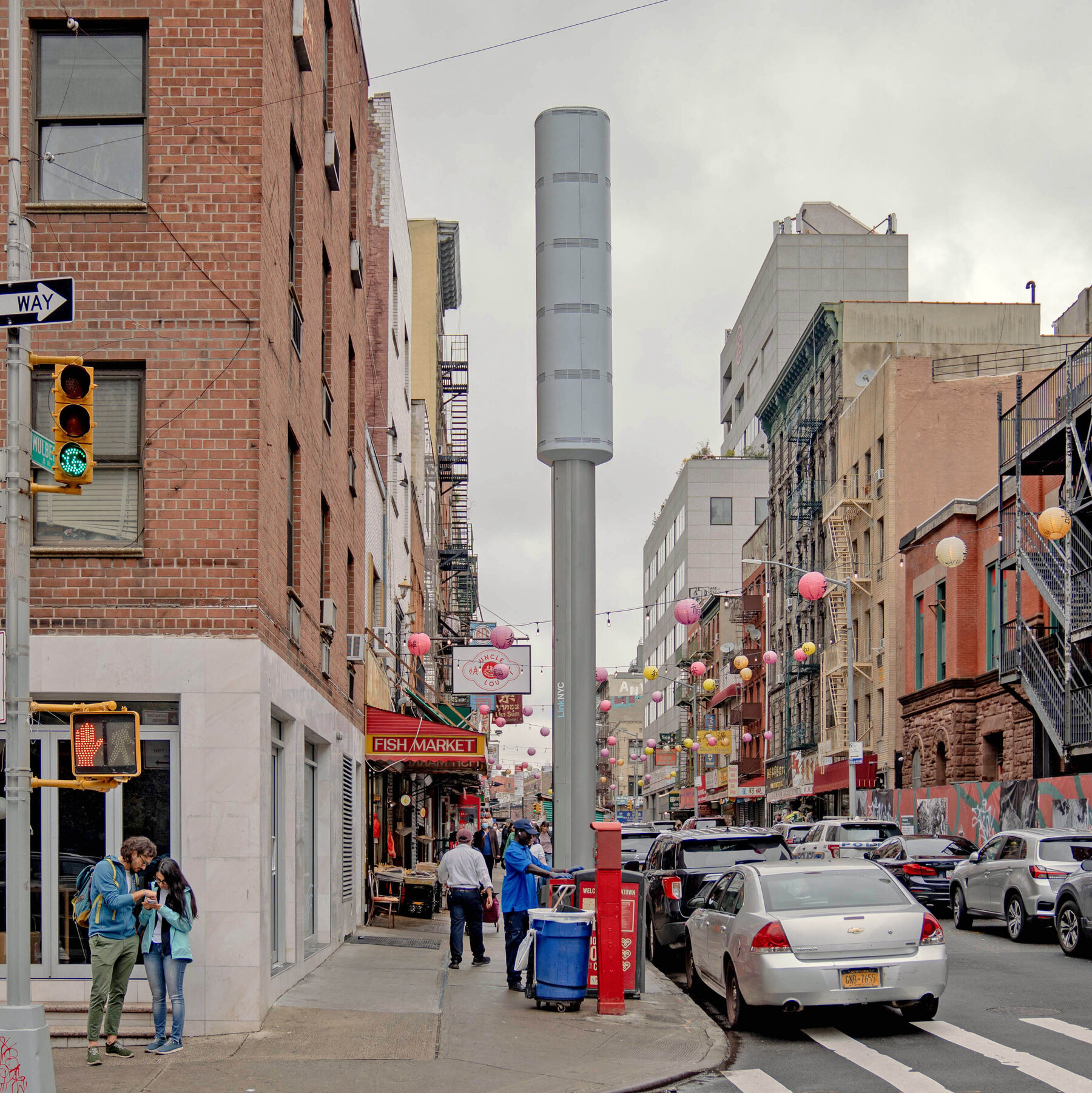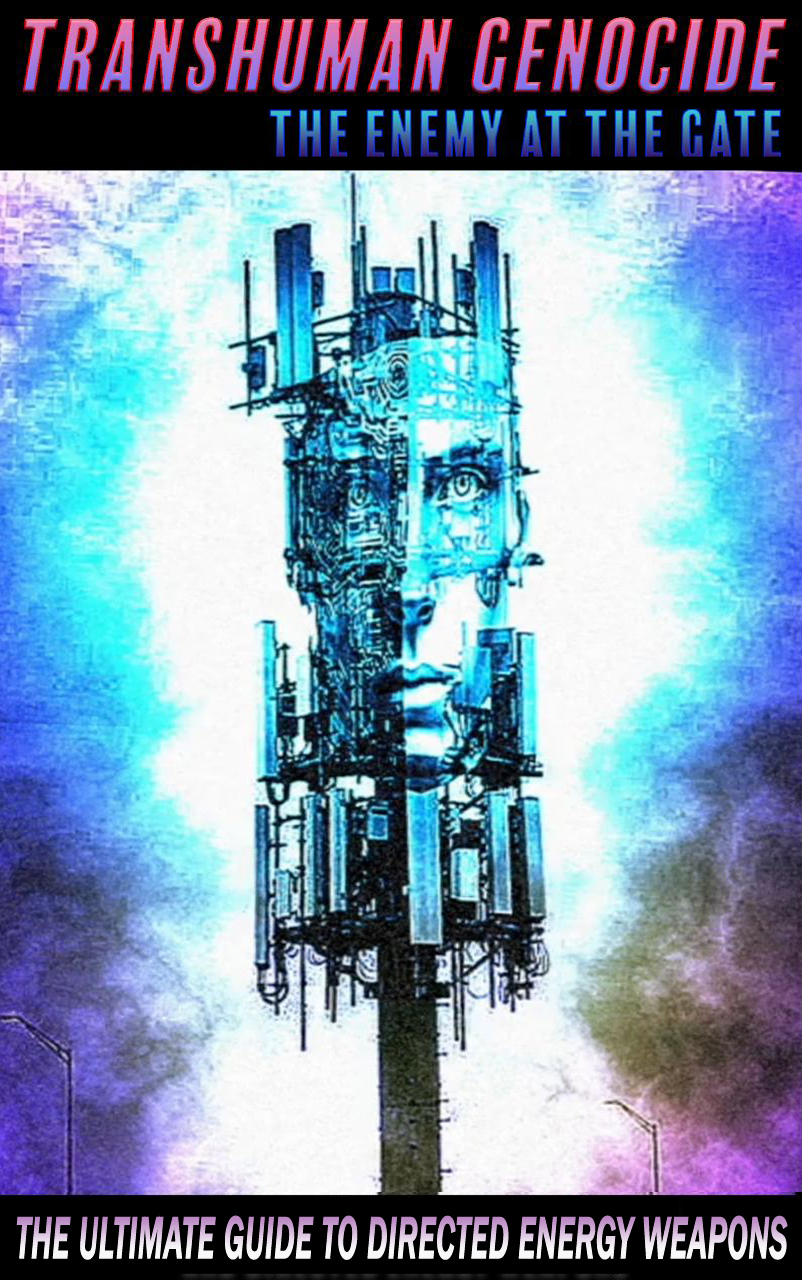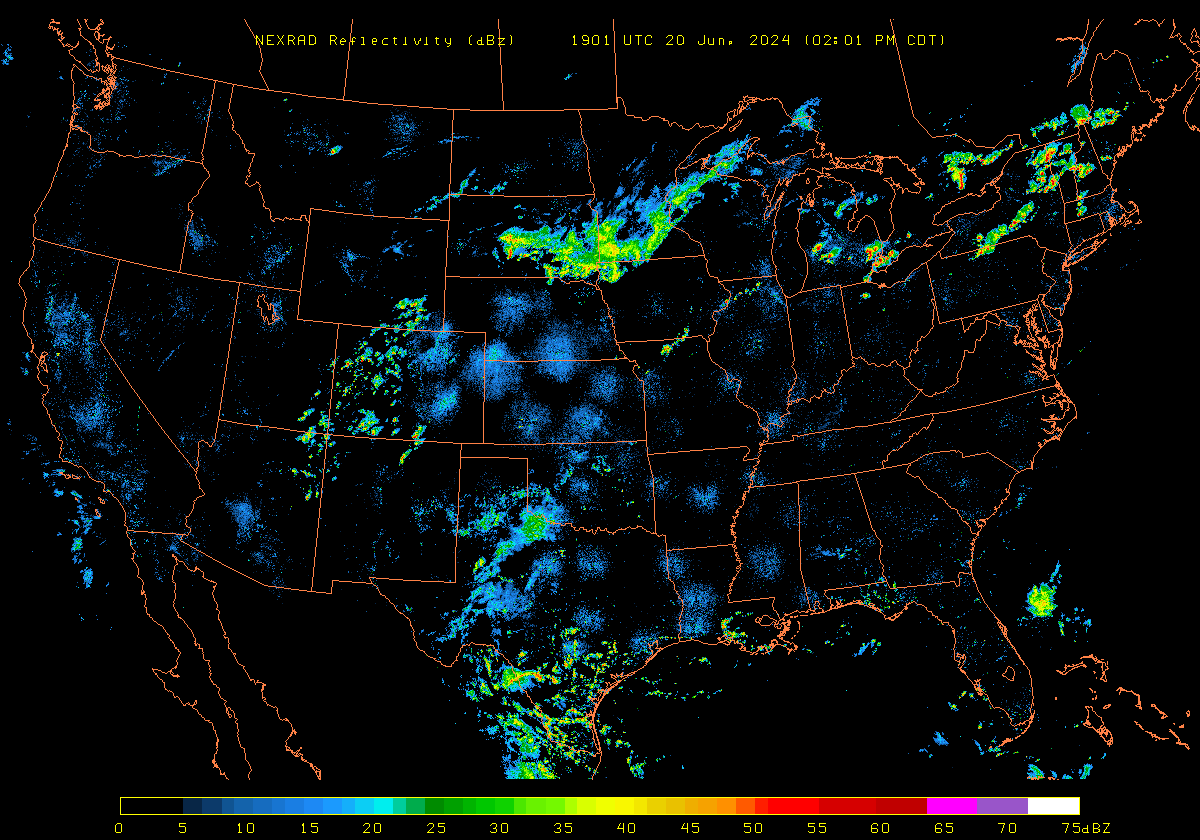Chicago is at a crossroads, where the clash between security and civil liberties plays out in the shadows of “teen takeovers” and political maneuvers. The city’s proposed “snap curfew” ordinance, ostensibly aimed at curbing unruly gatherings of young people, has sparked a debate that transcends mere legalities. The official narrative paints a picture of public safety measures to address immediate concerns, but beneath the surface lies a more sinister agenda.

The Chicago City Council’s push for “snap curfews” under the guise of controlling youth gatherings appears as a noble effort to safeguard public order. However, the reality is far more insidious. The coordinated efforts led by figures like Alderman Brian Hopkins and Police Supt. Larry Snelling, with tacit support from Mayor Brandon Johnson, betray a deeper agenda at play. This initiative, cloaked in concerns of safety, masks a systematic erosion of civil liberties under the guise of maintaining order.
The proposed “snap curfew” ordinance may seem like a necessary response to recent incidents of youth gatherings spiraling out of control. Still, a closer examination reveals a pattern of targeted control and suppression. The timeline of events leading to the ordinance’s passing, the involvement of key figures pushing the agenda forward, and the concerns raised by civil rights organizations all point to a calculated effort to restrict freedoms under the pretext of public safety.
By implementing “snap curfews” with minimal notice, the authorities are not just restricting the movements of young people but also setting a dangerous precedent for unchecked power. The implications of such measures extend far beyond the immediate situation, signaling a shift towards a society where individual freedoms are sacrificed in the name of maintaining control. The most vulnerable communities, particularly Black and Brown teenagers, bear the brunt of this oppressive system, facing undue scrutiny and potential targeting under the guise of law enforcement.
The intent behind the “snap curfew” ordinance is clear: to exert control through fear and restriction, under the guise of protecting public safety. The means employed, from rushed legislative processes to vague criteria for imposing curfews, highlight a deliberate effort to bypass due process and accountability. The opportunity to push forward such measures arises from a climate of fear and uncertainty, where the specter of violence is used to justify the erosion of fundamental rights.
Looking ahead, the path Chicago chooses in response to the “snap curfew” ordinance will shape not just the city’s future but set a precedent for similar measures across the nation. History has shown us that the erosion of civil liberties under the guise of security leads down a dark path, where freedom becomes a distant memory. It is imperative for individuals to remain vigilant, to question authority, and to resist encroachments on their rights, lest we find ourselves trapped in a system where control reigns supreme.


